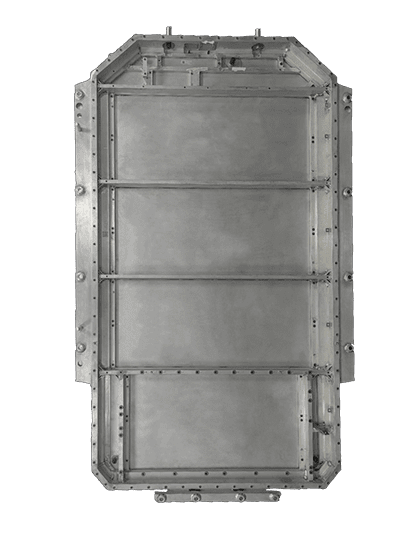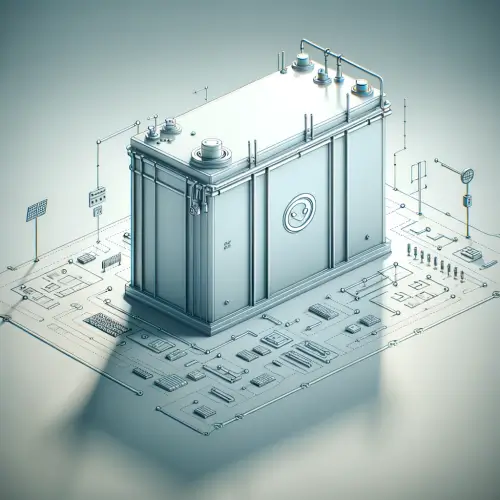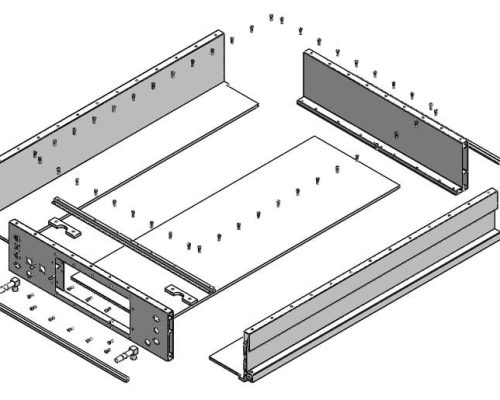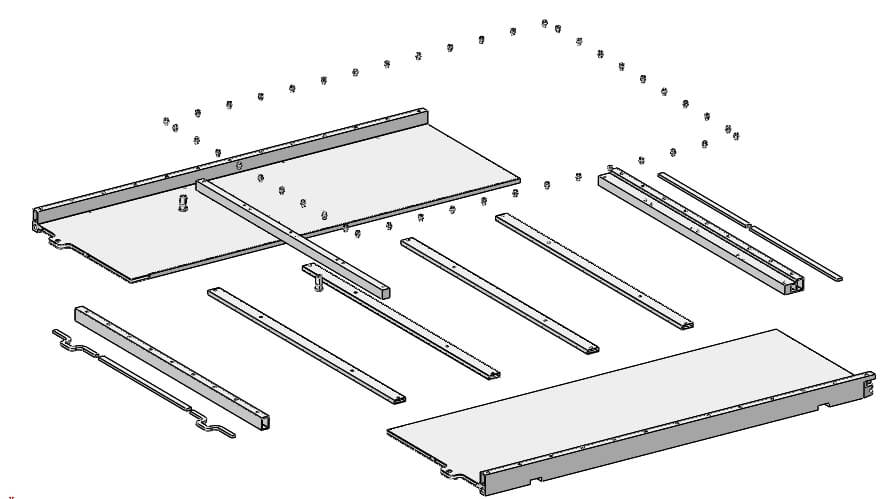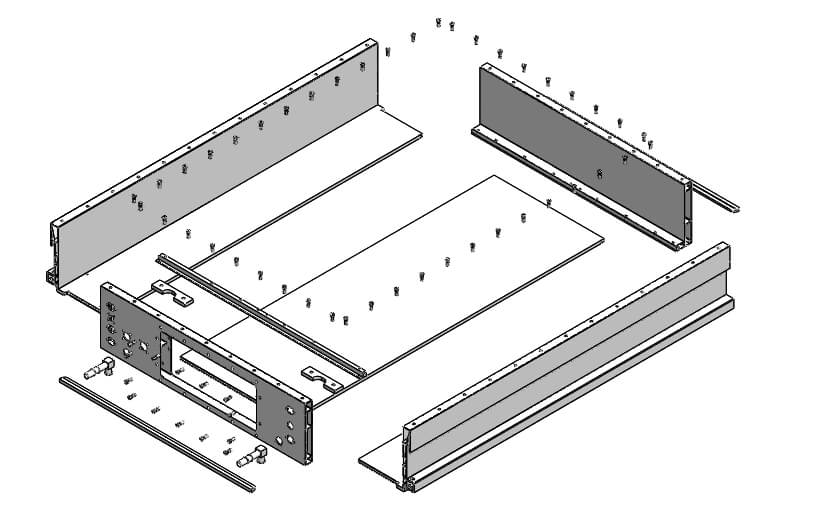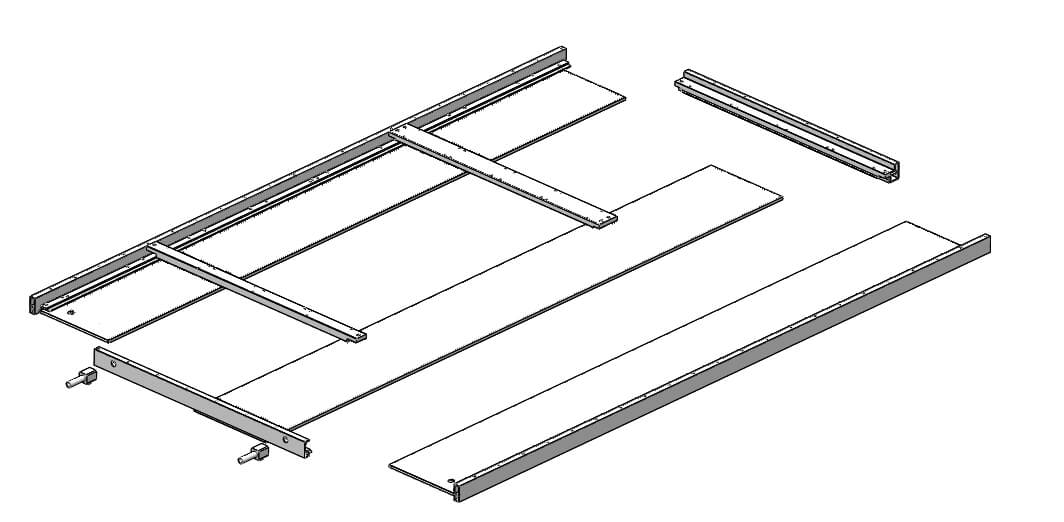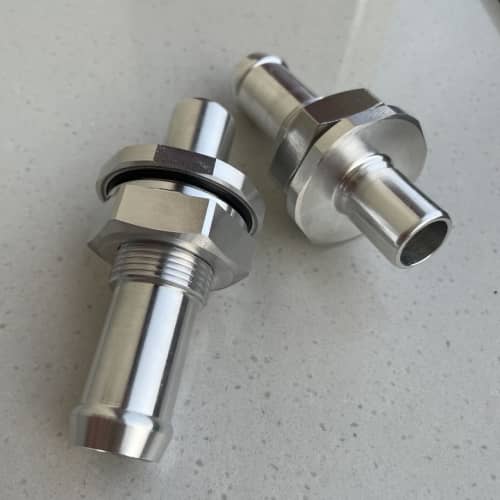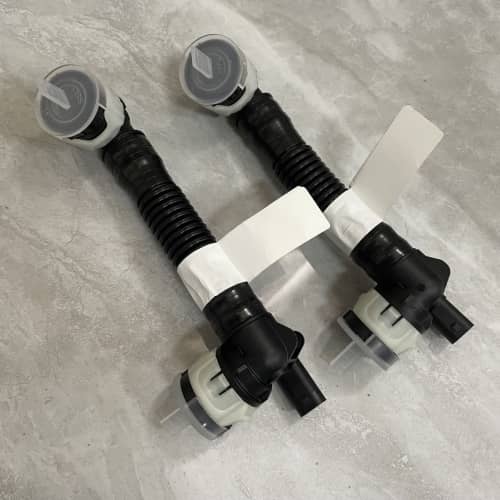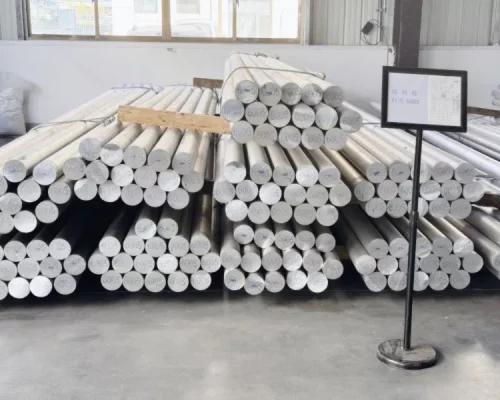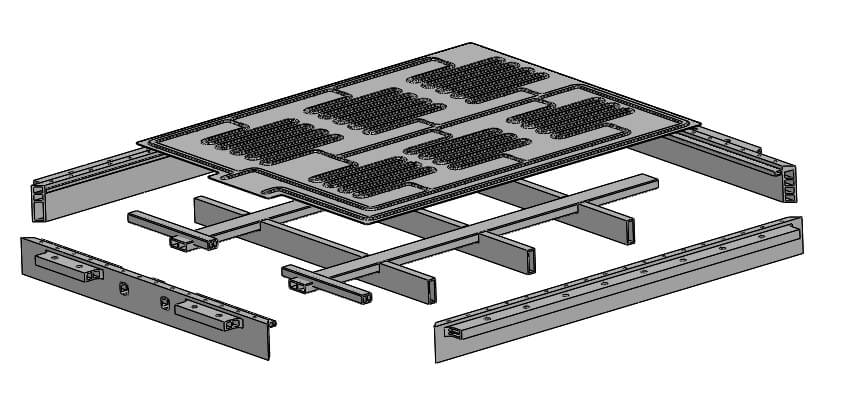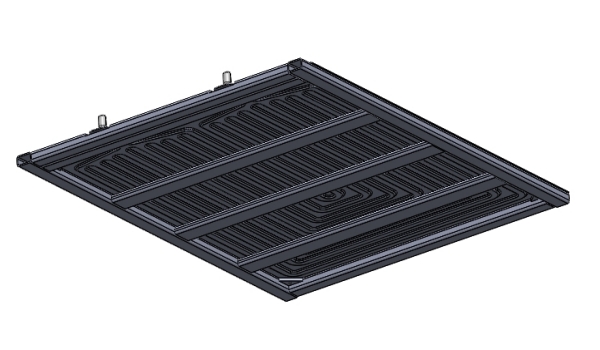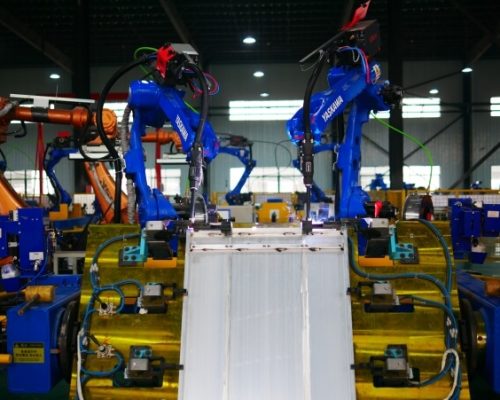Customers reviews
What people say?
Our collaboration with XD THERMAL feels more like a partnership than a typical supplier relationship. They take the time to understand our specific needs and work with us to find the best solutions. This collaborative spirit has led to several successful projects and innovations.
Rohan Patel
battery engineer
Safety is paramount in our industry, and it is truly reassuring to receive fast and high-quality proofing products from the start. I am very optimistic about our future development with XD THERMAL.
John Anderson
procurement manager

